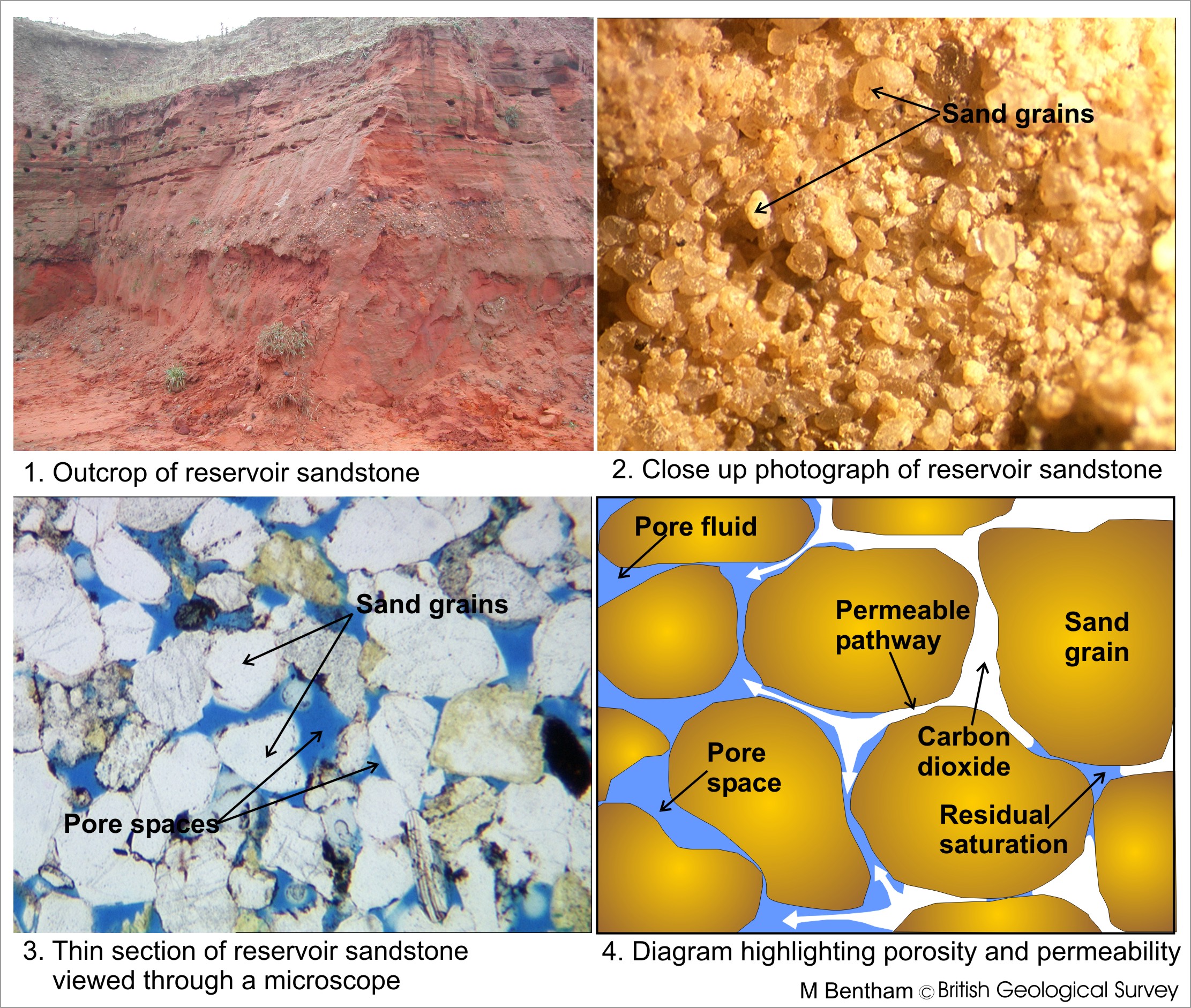by Alexandra Gormallya and Michelle Benthamb
aLancaster Environment Centre, Lancaster University, Lancaster, LA1 4YQ, UK; bBritish Geological Survey, Keyworth, Nottingham, NG12 5GG, UK
The underground is being used more to help us meet some of the challenges facing humans from tackling climate change, waste disposal to ensuring energy security. The notion of ‘pore space’ and its commodification, has gained much momentum over the last few years in policy circles, industry and the natural (geo)sciences alike. However ‘pore space’ and the use of the underground is now also being discussed within the social sciences too. Human geographers in particular are starting to critically discuss some of the ways in which society uses, perceives and interacts with the subsurface in the past, present, and different ways of how this might happen in the future. Through this examination, social scientists are beginning to interact with geoscientists. This has led to a collaborative engagement between human geographers in the Lancaster Environment Centre, with geoscientists at the British Geological Survey. Through this collaboration the notion of The Pore Space Scramble was born.
So, what is pore space and why might there be such a scramble for its use? Pore spaces are voids between rock grains that contain liquid or gas. The connection of pores then form pathways in which water, oil or gas can move. The interest in pore space therefore, is of interest due to its potential to store materials such as heat, gas or water. Uses of the pore space form a complex system so to simplify this we frame our discussion around the use of pore space for the long-term storage of CO2 as a result of Carbon Capture and Storage (CCS). CCS is a suggested route to decarbonising the power and industrial sectors.

Going down in scale: from the outcrop to the pore space (by the British Geological Survey)
There is strong political will behind CCS both at the European level and in the UK itself [1], the UK setting out a 3 phase road map to commercialise CCS going forward. Given this political drive, it is not only necessary to understand the technical capabilities and practical ability to take this technology forward it also raises many questions around society and governance of such a system into the future. For example, who has precedence over this space and how does it compete with other energy infrastructure on both the surface and subsurface (eg. oil & gas industry, windfarms)? What are the legal and regulatory standpoints of this space i.e. who owns the pore space and therefore legally be able to utilise its use? What are the long-term stewardship plans of this space (eg. 10, 100, 1000 years), how does this effect liability and how might the precedence of such industries change over time? Ultimately, how do we ethically and justly govern such a space both presently and when projected into the future?

Demands on the (sub)surface (by the British Geological Survey)
We do not currently have answers for these questions but are initiating and undertaking research in this area as well as highlighting the need for policymakers, scientists, academic and publics to negotiate the challenges the subsurface will face going forward.
Reference:
- DECC (2012). CCS Roadmap: Supporting deployment of Carbon Capture and Storage in the UK < www.gov.uk/government/uploads/system/uploads/attachment_data/file/48317/4899-the-ccs-roadmap.pdf > Accessed: 10/06/2015.
